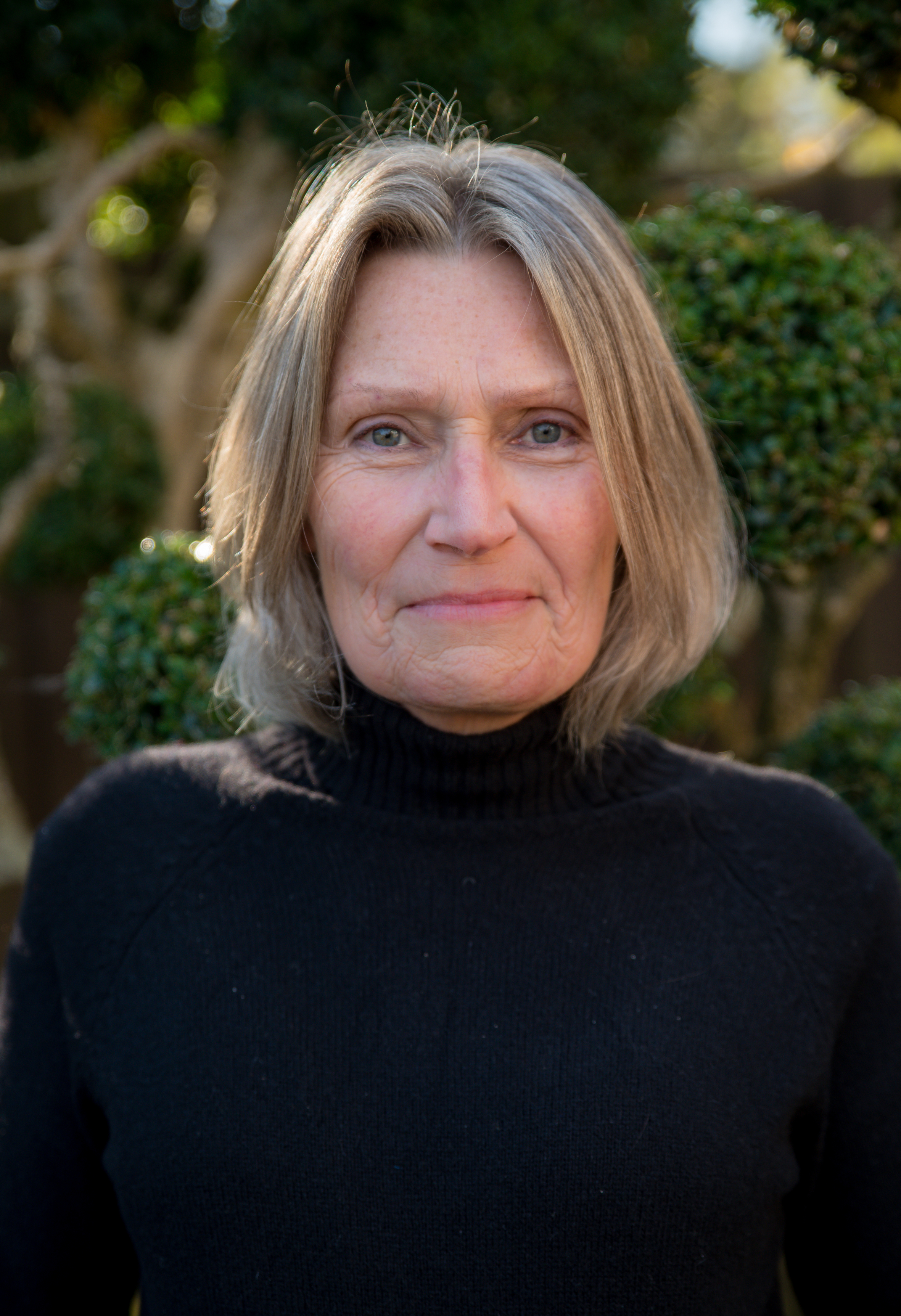|
Phyllis Archibald
Phyllis Muriel Cowan Archibald (1880 – 9 March 1947), later Phyllis Archibald Clay, was a British sculptor. Archibald was an Associate member of the Royal Society of Sculptors, Royal Society of British Sculptors from 1923, and member of the Glasgow Society of Lady Artists. Biography Phyllis Archibald was born in Tunbridge Wells. Her father, Edmund Douglas Archibald, 1851–1913, was a meteorologist and a Professor of Mathematics and by 1891 the family were living in her mother's native Scotland. Phyllis Archibald was educated at the Park School in Glasgow and then studied at the Glasgow School of Art from 1903 to 1906 before spending several years studying sculpture in Paris. Before World War I began, Archibald moved to London where she established herself as a sculptor of animals and portrait figures, working in wood, stone and with a variety of metals. In 1911 Archibald married the journalist Charles Clay, 1856–1941, and the couple lived at Hampstead in London then at Blet ... [...More Info...] [...Related Items...] OR: [Wikipedia] [Google] [Baidu] |
Tunbridge Wells
Royal Tunbridge Wells is a town in Kent, England, southeast of central London. It lies close to the border with East Sussex on the northern edge of the Weald, High Weald, whose sandstone geology is exemplified by the rock formation High Rocks. The town was a spa in the Restoration (England), Restoration and a fashionable resort in the mid-1700s under Richard (Beau) Nash, Beau Nash when the Pantiles, and its chalybeate spring, attracted visitors who wished to take the waters. Though its popularity as a spa town waned with the advent of sea bathing, the town still derives much of its income from tourism. The town has a population of around 56,500, and is the administrative centre of Tunbridge Wells (borough), Tunbridge Wells Borough and in the parliamentary constituency of Tunbridge Wells (UK Parliament constituency), Tunbridge Wells. History Iron Age Evidence suggests that Iron Age people farmed the fields and mined the iron-rich rocks in the Tunbridge Wells area, and excava ... [...More Info...] [...Related Items...] OR: [Wikipedia] [Google] [Baidu] |
Society Of Women Artists
The Society of Women Artists (SWA) is a British art body dedicated to celebrating and promoting fine art created by women. It was founded as the Society of Female Artists (SFA) in about 1855, offering women artists the opportunity to exhibit and sell their works. Annual exhibitions have been held in London since 1857, with some wartime interruptions. History Particularly during the 19th century, the British art world was dominated by the Royal Academy (RA), founded in 1768. Two of the 34 named founders were women painters: Angelica Kauffman (1741–1807) and Mary Moser (1744–1819). However, it was not until 1922 that other female artists were admitted to the academy. Annie Swynnerton, a member of the Society of Women Artists since 1889, was elected as the first female associate member of the Royal Academy and in 1936, Dame Laura Knight became the first female elected full member of the Royal Academy. A woman's place in society was perceived as passive and governed by emoti ... [...More Info...] [...Related Items...] OR: [Wikipedia] [Google] [Baidu] |
Alumni Of The Glasgow School Of Art
Alumni (singular: alumnus (masculine) or alumna (feminine)) are former students of a school, college, or university who have either attended or graduated in some fashion from the institution. The feminine plural alumnae is sometimes used for groups of women. The word is Latin and means "one who is being (or has been) nourished". The term is not synonymous with "graduate"; one can be an alumnus without graduating (Burt Reynolds, alumnus but not graduate of Florida State, is an example). The term is sometimes used to refer to a former employee or member of an organization, contributor, or inmate. Etymology The Latin noun ''alumnus'' means "foster son" or "pupil". It is derived from PIE ''*h₂el-'' (grow, nourish), and it is a variant of the Latin verb ''alere'' "to nourish".Merriam-Webster: alumnus .. Separate, but from the s ... [...More Info...] [...Related Items...] OR: [Wikipedia] [Google] [Baidu] |
1947 Deaths
It was the first year of the Cold War, which would last until 1991, ending with the dissolution of the Soviet Union. Events January * January–February – Winter of 1946–47 in the United Kingdom: The worst snowfall in the country in the 20th century causes extensive disruption of travel. Given the low ratio of private vehicle ownership at the time, it is mainly remembered in terms of its effects on the railway network. * January 1 - The Canadian Citizenship Act comes into effect. * January 4 – First issue of weekly magazine ''Der Spiegel'' published in Hanover, Germany, edited by Rudolf Augstein. * January 10 – The United Nations adopts a resolution to take control of the free city of Trieste. * January 15 – Elizabeth Short, an aspiring actress nicknamed the "Black Dahlia", is found brutally murdered in a vacant lot in Los Angeles; the mysterious case is never solved. * January 16 – Vincent Auriol is inaugurated as president of France. * January 19 – Ferry ... [...More Info...] [...Related Items...] OR: [Wikipedia] [Google] [Baidu] |
1880 Births
Year 188 (CLXXXVIII) was a leap year starting on Monday of the Julian calendar. At the time, it was known in the Roman Empire as the Year of the Consulship of Fuscianus and Silanus (or, less frequently, year 941 ''Ab urbe condita''). The denomination 188 for this year has been used since the early medieval period, when the Anno Domini calendar era became the prevalent method in Europe for naming years. Events By place Roman Empire * Publius Helvius Pertinax becomes pro-consul of Africa from 188 to 189. Japan * Queen Himiko (or Shingi Waō) begins her reign in Japan (until 248). Births * April 4 – Caracalla (or Antoninus), Roman emperor (d. 217) * Lu Ji (or Gongji), Chinese official and politician (d. 219) * Sun Shao, Chinese general of the Eastern Wu state (d. 241) Deaths * March 17 – Julian, pope and patriarch of Alexandria * Fa Zhen (or Gaoqing), Chinese scholar (b. AD 100) * Lucius Antistius Burrus, Roman politician (executed) * Ma Xiang, Chin ... [...More Info...] [...Related Items...] OR: [Wikipedia] [Google] [Baidu] |
British Empire Exhibition
The British Empire Exhibition was a colonial exhibition held at Wembley Park, London England from 23 April to 1 November 1924 and from 9 May to 31 October 1925. Background In 1920 the British Government decided to site the British Empire Exhibition at Wembley Park, on the site of the pleasure gardens created by Edward Watkin in the 1890s. A British Empire Exhibition had first been proposed in 1902, by the British Empire League, and again in 1913. The Russo-Japanese War had prevented the first plan from being developed and World War I put an end to the second, though there had been a Festival of Empire in 1911, held in part at Crystal Palace.Ian Grosvenor - "Teaching the Empire: The Weekly Bulletin of Empire Study and the British Empire Exhibition", in Martin Lawn (ed.) - ''Modelling the Future: Exhibitions and the Materiality of Education'' (Symposium Books, 2009) p. 107-8 One of the reasons for the suggestion was a sense that other powers, ie America and Japan, were challenging ... [...More Info...] [...Related Items...] OR: [Wikipedia] [Google] [Baidu] |
Victoria & Albert Museum
The Victoria and Albert Museum (often abbreviated as the V&A) in London is the world's largest museum of applied arts, decorative arts and design, housing a permanent collection of over 2.27 million objects. It was founded in 1852 and named after Queen Victoria and Prince Albert. The V&A is located in the Royal Borough of Kensington and Chelsea, in an area known as "Albertopolis" because of its association with Prince Albert, the Albert Memorial and the major cultural institutions with which he was associated. These include the Natural History Museum, the Science Museum, the Royal Albert Hall and Imperial College London. The museum is a non-departmental public body sponsored by the Department for Digital, Culture, Media and Sport. As with other national British museums, entrance is free. The V&A covers and 145 galleries. Its collection spans 5,000 years of art, from ancient times to the present day, from the cultures of Europe, North America, Asia and North Africa. Ho ... [...More Info...] [...Related Items...] OR: [Wikipedia] [Google] [Baidu] |
St Enoch Square
St. Enoch Square is a public square in Glasgow, Scotland, situated south of the junction of Buchanan Street and Argyle Street, two of the city's busiest shopping streets. History The Square sits on land that once was the western part of Glasgow Green, alongside the river Clyde, and reportedly had a chapel and burial site of St Thenew (St Enoch) mother of St Kentigern. The site changed hands to the Luke family of goldsmiths, managers of the soaperie in Candleriggs and owners of the glass-works next to the Clyde, who in turn sold it to the Merchants House of Glasgow, and from there to Glasgow City Council who laid the foundation stone of St Enoch Church in 1780. It is one of six squares in the city centre. The square, always of a quiet and retiring nature then, was joined by grand Regency style buildings between around 1780-1820, the focal point south of the centre being St Enoch's Church, originally designed by James Jaffray in 1780. The church was later substituted for anot ... [...More Info...] [...Related Items...] OR: [Wikipedia] [Google] [Baidu] |
Royal Bank Of Scotland
The Royal Bank of Scotland plc (RBS; gd, Banca Rìoghail na h-Alba) is a major retail and commercial bank in Scotland. It is one of the retail banking subsidiaries of NatWest Group, together with NatWest (in England and Wales) and Ulster Bank. The Royal Bank of Scotland has around 700 branches, mainly in Scotland, though there are branches in many larger towns and cities throughout England and Wales. The bank is completely separate from the fellow Edinburgh-based bank, the Bank of Scotland, which pre-dates the Royal Bank by 32 years. The Royal Bank of Scotland was established in 1724 to provide a bank with strong Hanoverian and Whig ties. Following ring-fencing of the Group's core domestic business, the bank became a direct subsidiary of NatWest Holdings in 2019. NatWest Markets comprises the Group's investment banking arm. To give it legal form, the former RBS entity was renamed NatWest Markets in 2018; at the same time Adam and Company (which held a separate PRA banking ... [...More Info...] [...Related Items...] OR: [Wikipedia] [Google] [Baidu] |
Paris Salon
The Salon (french: Salon), or rarely Paris Salon (French: ''Salon de Paris'' ), beginning in 1667 was the official art exhibition of the Académie des Beaux-Arts in Paris. Between 1748 and 1890 it was arguably the greatest annual or biennial art event in the Western world. At the 1761 Salon, thirty-three painters, nine sculptors, and eleven engravers contributed. Levey, Michael. (1993) ''Painting and sculpture in France 1700–1789''. New Haven: Yale University Press, p. 3. From 1881 onward, it has been managed by the Société des Artistes Français. Origins In 1667, the royally sanctioned French institution of art patronage, the Académie royale de peinture et de sculpture (a division of the Académie des beaux-arts), held its first semi-public art exhibit at the Salon Carré. The Salon's original focus was the display of the work of recent graduates of the École des Beaux-Arts, which was created by Cardinal Mazarin, chief minister of France, in 1648. Exhibition at the Salo ... [...More Info...] [...Related Items...] OR: [Wikipedia] [Google] [Baidu] |







